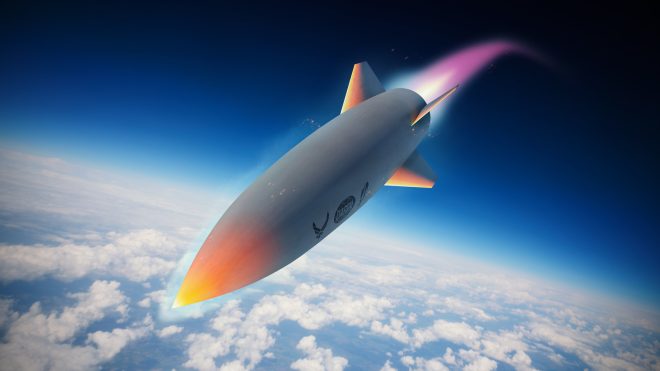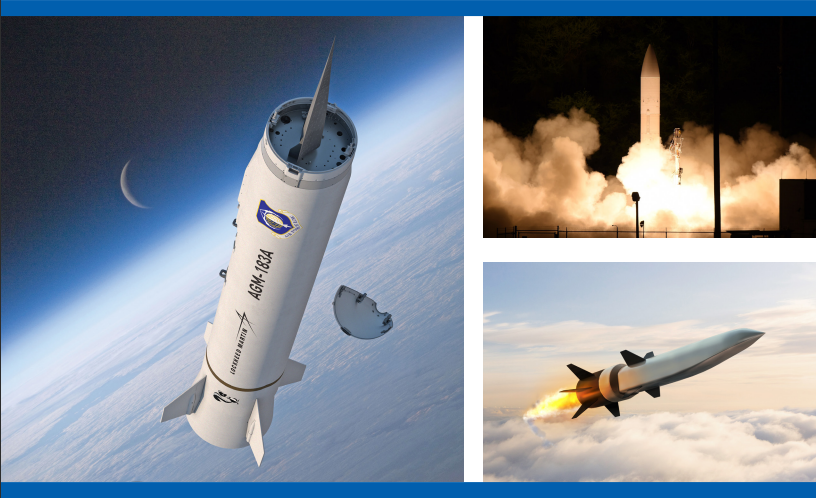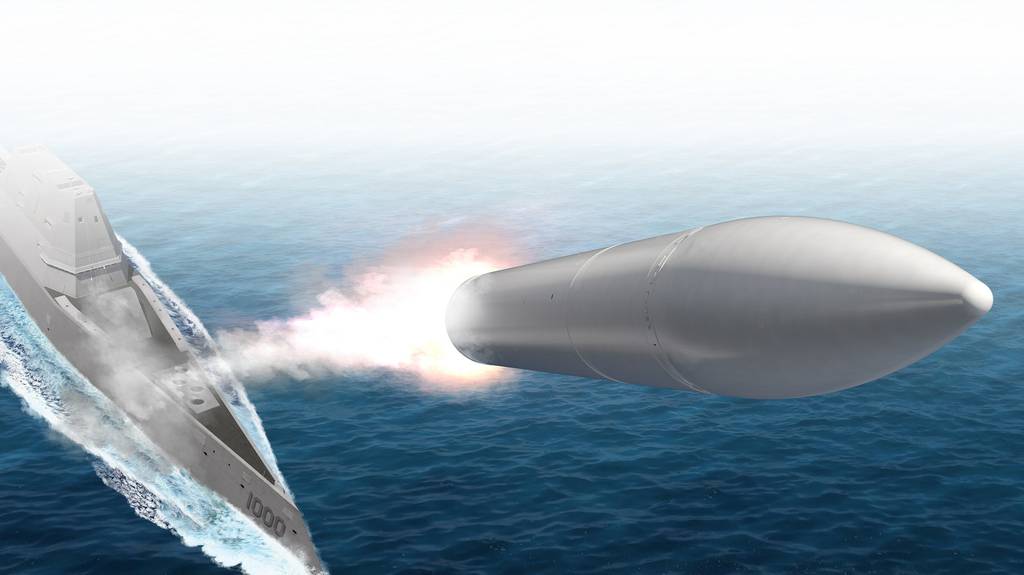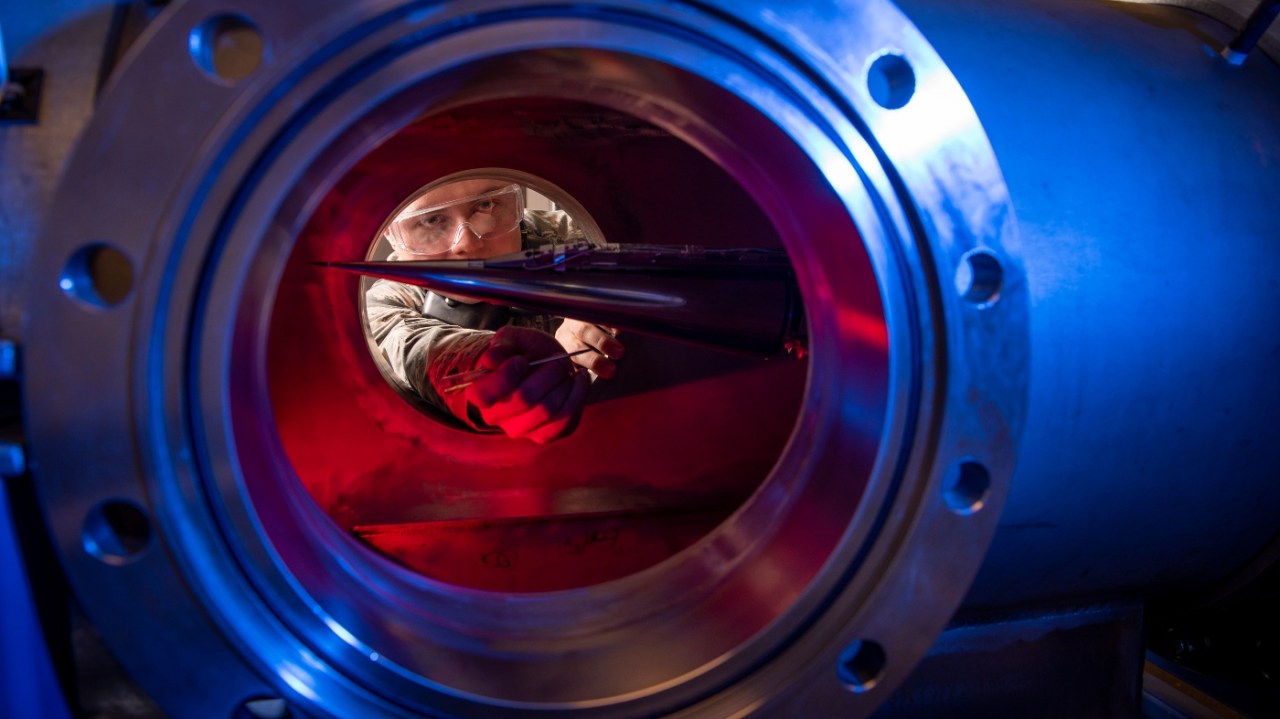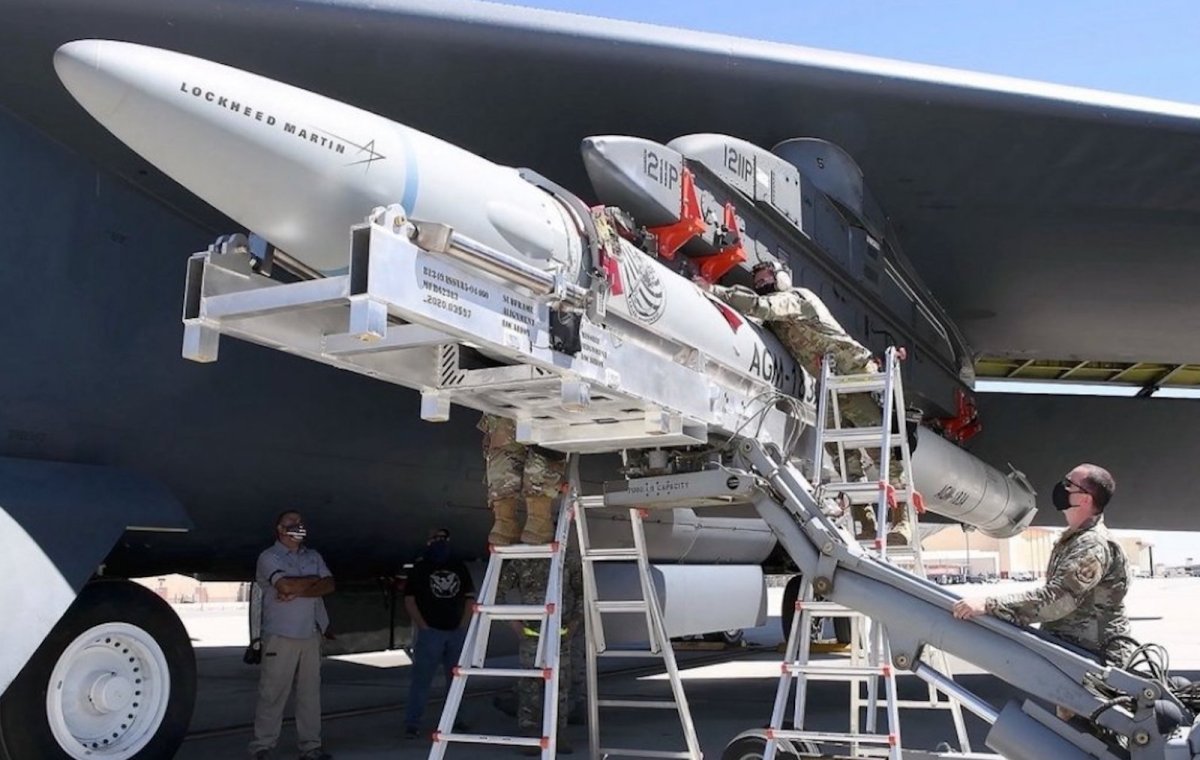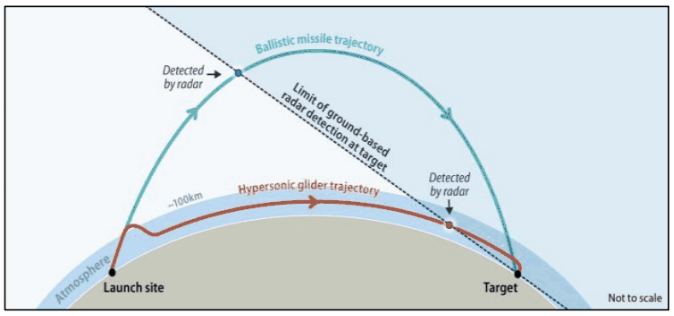Followed the twit url
Watch them turn it into hypersonic weapons of war....
Hypersonic flight is
flight through the
atmosphere below altitudes of about 90 km at
speeds greater than Mach 5, a speed where
dissociation of air begins to become significant and high
heat loads exist. Speeds of Mach 25+ have been achieved below the
thermosphere as of 2020.
History
The first manufactured object to achieve hypersonic flight was the two-stage
Bumper rocket, consisting of a
WAC Corporal second stage set on top of a
V-2 first stage. In February 1949, at
White Sands, the rocket reached a speed of 8,290 km/h (5,150 mph), or about Mach 6.7.
[1] The vehicle, however, burned on
atmospheric re-entry, and only charred remnants were found. In April 1961, Russian Major
Yuri Gagarin became the first human to travel at hypersonic speed, during the world's first piloted
orbital flight. Soon after, in May 1961,
Alan Shepard became the first American and second person to fly hypersonic when his capsule reentered the atmosphere at a speed above Mach 5 at the end of his
suborbital flight over the Atlantic Ocean.
[2]
In November 1961, Air Force Major
Robert White flew the
X-15 research plane at speeds over Mach 6.
[3][4] On 3 October 1967, in California, an X-15 reached Mach 6.7.
[5]
The
reentry problem of a space vehicle was extensively studied.
[6] The
NASA X-43A flew on
scramjet for 10 seconds, and then glided for 10 minutes on its last flight in 2004. The
Boeing X-51 Waverider flew on scramjet for 210 seconds in 2013, finally reaching Mach 5.1 on its fourth flight test. The hypersonic regime has since become the subject for further study during the 21st century, and
strategic competition between the United States, India, Russia, and China.
[7]
Physics
Main article:
Hypersonic speed
Stagnation point
The
stagnation point of air flowing around a body is a point where its local velocity is zero.
[6] At this point the air flows around this location. A
shock wave forms, which deflects the air from the stagnation point and insulates the flight body from the atmosphere.
[6] This can affect the lifting ability of a flight surface to counteract its drag and subsequent
free fall.
[8][a]
In order to maneuver in the atmosphere at faster speeds than supersonic, the forms of propulsion can still be airbreathing systems, but a
ramjet does not suffice for a system to attain Mach 5, as a ramjet slows down the airflow to subsonic.
[10] Some systems (
waveriders) use a first stage rocket to boost a body into the hypersonic regime. Other systems (
boost-glide vehicles) use
scramjets after their initial boost, in which the speed of the air passing through the scramjet remains supersonic. Other systems (
munitions) use a cannon for their initial boost.
[11] www.zerohedge.com
www.zerohedge.com

